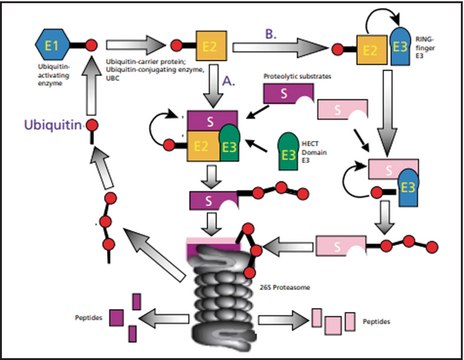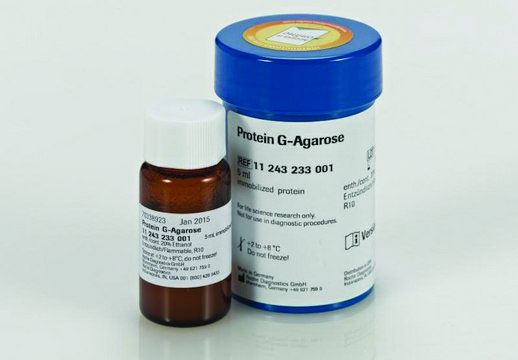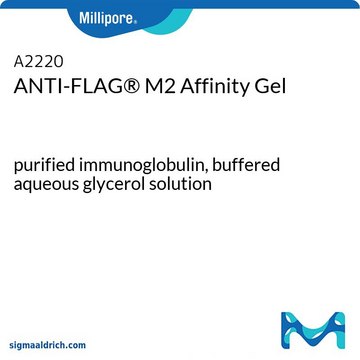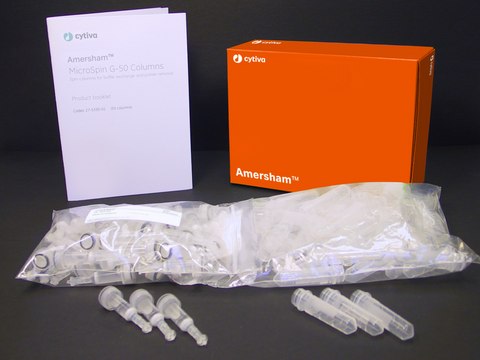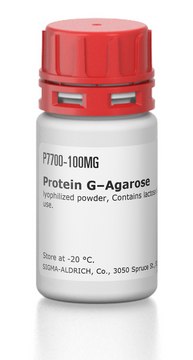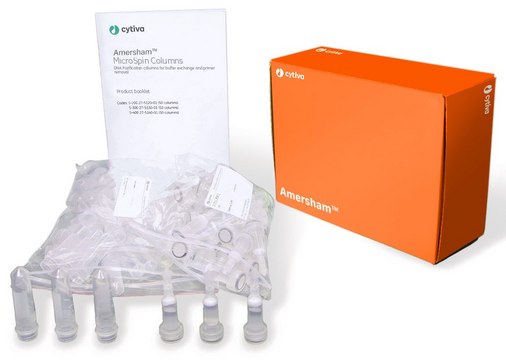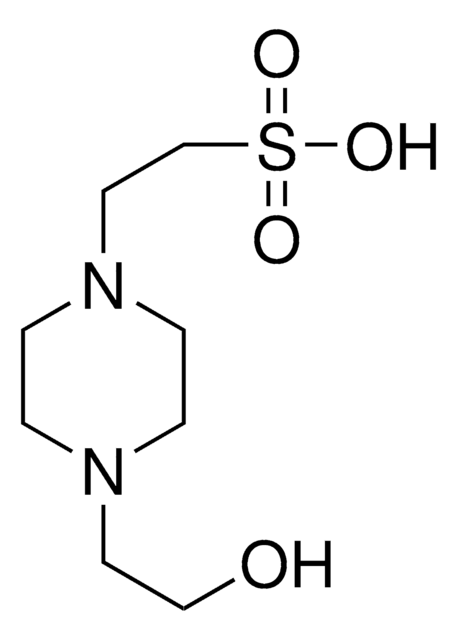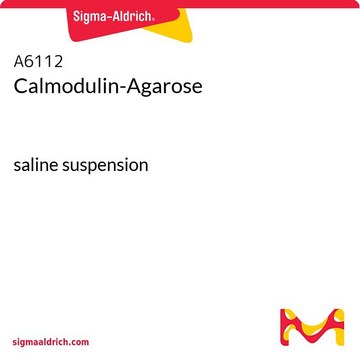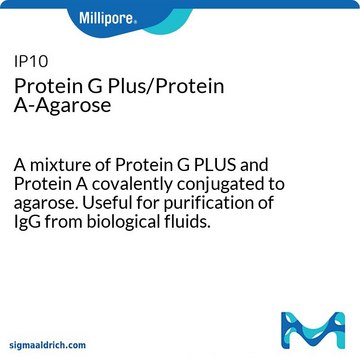Recommended Products
form
saline suspension
Quality Level
extent of labeling
7-15 mg per mL
technique(s)
affinity chromatography: suitable
matrix
Fast flow highly cross-linked 4% beaded agarose
matrix spacer
6 carbon
storage temp.
2-8°C
Application
Ubiquitin-agarose is used in affinity chromatography, protein chromatography, intracellular protein degradation, calpain and lysosomal proteases, proteomics, specialty resins and ubiquitination analysis. Ubiquitin-agarose has been used in a study to produce evidence for a particulate location of ubiquitin conjugates and ubiquitin-conjugating enzymes in the rabbit brain. Ubiquitin-agarose has also been used to study fertilization of the ascidian, Halocynthia roretzi.
Physical form
Suspension in 1 M NaCl containing 15 Mm Sodium azide.
Storage Class Code
10 - Combustible liquids
WGK
WGK 3
Flash Point(F)
Not applicable
Flash Point(C)
Not applicable
Personal Protective Equipment
dust mask type N95 (US), Eyeshields, Gloves
Choose from one of the most recent versions:
Already Own This Product?
Find documentation for the products that you have recently purchased in the Document Library.
Shin-Chung Kang et al.
The Journal of pathology, 203(1), 603-608 (2004-04-20)
Although the key event in the pathology of prion diseases is thought to be the conversion of cellular prion protein (PrP(C)) to the protease-resistant scrapie species termed PrP(Sc), the factors that contribute to neurodegeneration in scrapie-infected animals are poorly understood.
Hyoung Tae Kim et al.
Methods in molecular biology (Clifton, N.J.), 832, 639-652 (2012-02-22)
The biological role and fates of ubiquitin (Ub) conjugates are determined by the nature of the ubiquitin chain formed on the protein. Recently, we reported that Ring-finger and U-box ubiquitin ligases (E3s), when functioning with different E2s, synthesize different types
Anjali Joshi et al.
Traffic (Copenhagen, Denmark), 9(11), 1972-1983 (2008-09-27)
Retroviral Gag polyprotein precursors are both necessary and sufficient for the assembly and release of virus-like particles (VLPs) from infected cells. It is well established that small Gag-encoded motifs, known as late domains, promote particle release by interacting with components
M Majetschak et al.
European journal of biochemistry, 255(2), 482-491 (1998-08-26)
Ubiquitin is often implicated as a specific tag for protein degradation via the ubiquitin system although only a limited number of physiological proteins have been shown to be degraded in their native tissues via this pathway in vivo. Ubiquitin may
A Ciechanover et al.
The Journal of biological chemistry, 257(5), 2537-2542 (1982-03-10)
We have previously described an enzyme that activates ubiquitin, the heat-stable polypeptide of the ATP-dependent proteolytic system from reticulocytes (Ciechanover, A., Heller, H., Katz-Etzion, R., and Hershko, A. (1981) Proc. Natl. Acad. Sci. U. S. A. 78, 761-765). It carries
Our team of scientists has experience in all areas of research including Life Science, Material Science, Chemical Synthesis, Chromatography, Analytical and many others.
Contact Technical Service